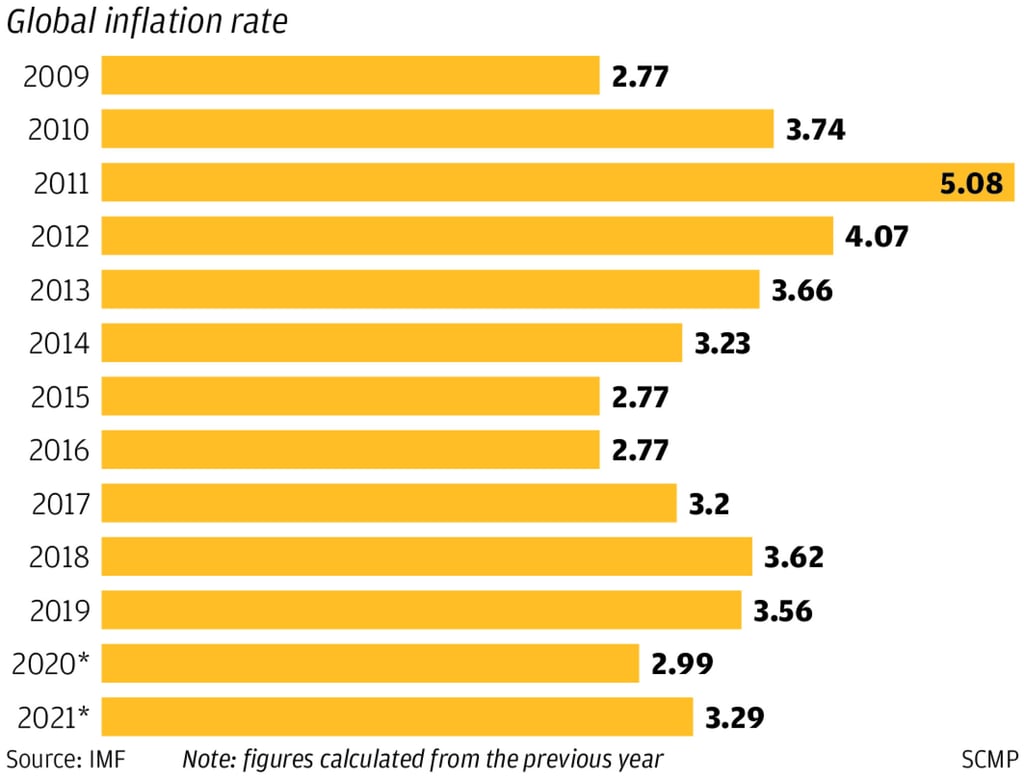The View | Why Asian markets will not be burned by a US bond ‘taper tantrum’
- US bond yields have spiked on inflation fears, causing ripples across Asia. But this is an adjustment in financial markets to changing inflation expectations in the US and not a repeat of 2013 or a comment on Asian fundamentals

Markets are on the move – and with a vengeance. The trigger for the latest churn is the spike in US bond yields. This is causing ripples far and wide, and conjuring painful memories of earlier turmoil. The “taper tantrum” in 2013, for example, had exchange rates gyrating and investors fleeing. But Asia is in altogether stronger shape today. While not entirely immune to rising dollar interest rates, the region will take them in its stride.
But such an avalanche often also obscures the fundamentals, leading to an exaggerated response that will dissipate once calmer nerves prevail.
The first point to note is that interest rates remain, even after their latest climb in the US, extraordinarily low. For example, the yield on 10-year Treasury bonds, the most decisive benchmark, is now only roughly where it was when the 2013 taper tantrum began. And while investors are keenly sensitive to changes in interest rates, for the broader economy, their level matters at least as much.
But Asia’s resilience is much deeper today. Compared to 2013, current account balances are in a much stronger position. These determine how much overseas funding an economy requires on a net basis, and thus how exposed it is to shifts in global financial sentiment.

India, an economy that bore the brunt of the earlier sell-off, now enjoys a surplus instead of a gaping deficit, even if it is a narrow one. Indonesia, the other market gripped fiercely by the 2013 taper tantrum, has a deficit that is barely half of where it stood several years ago.

